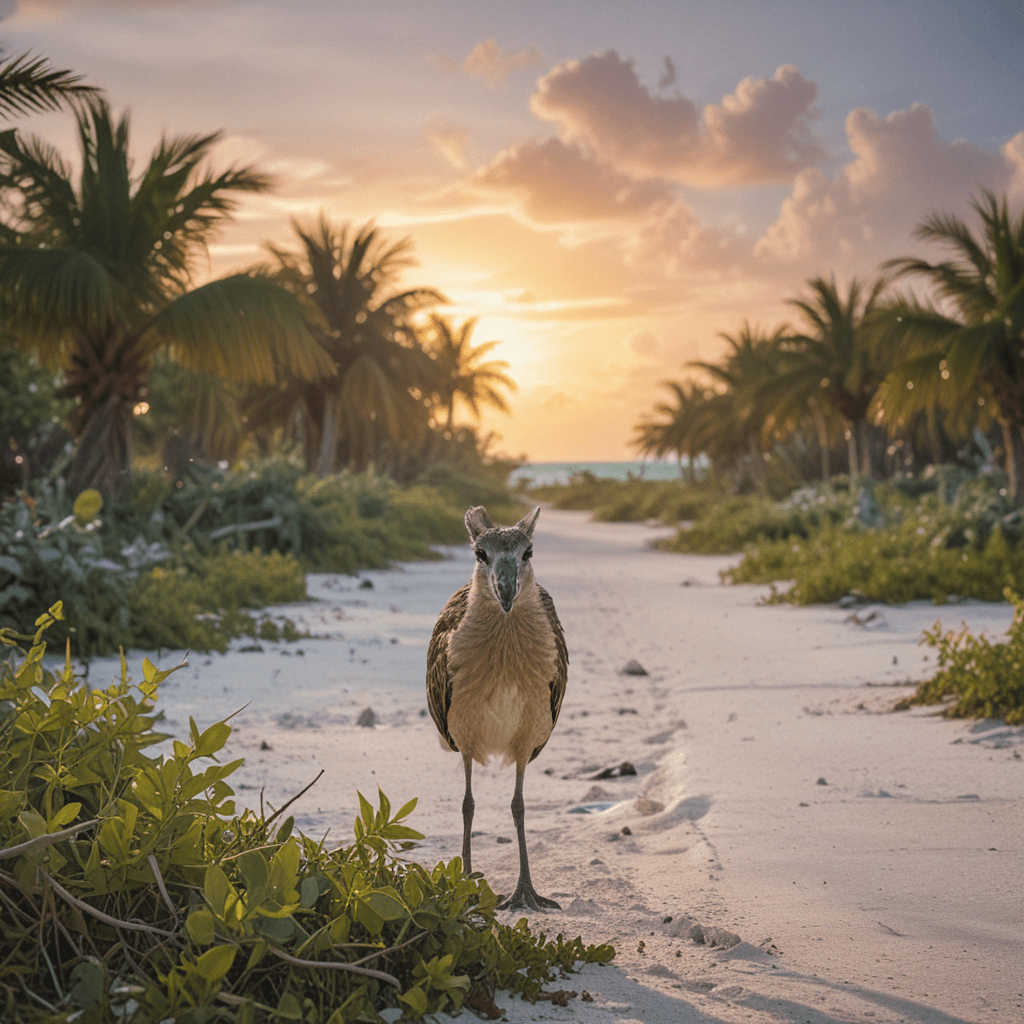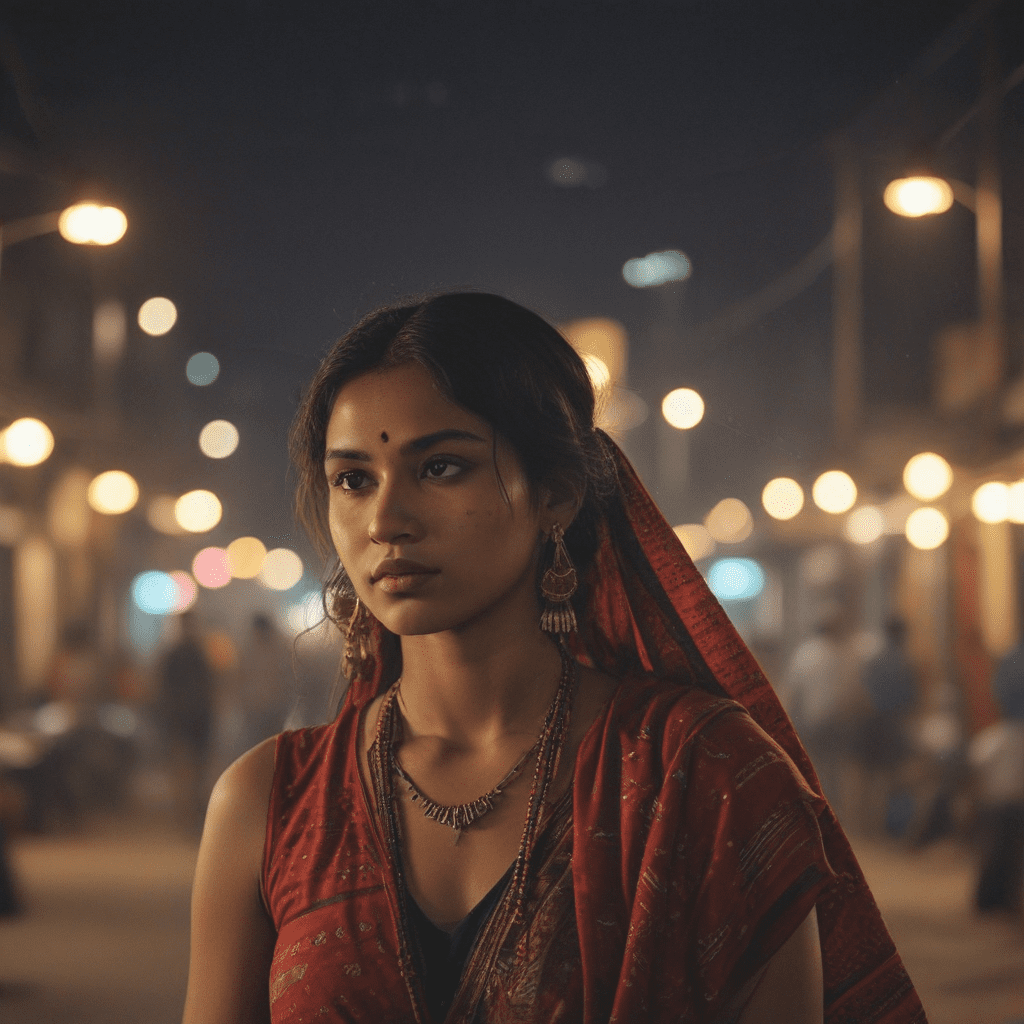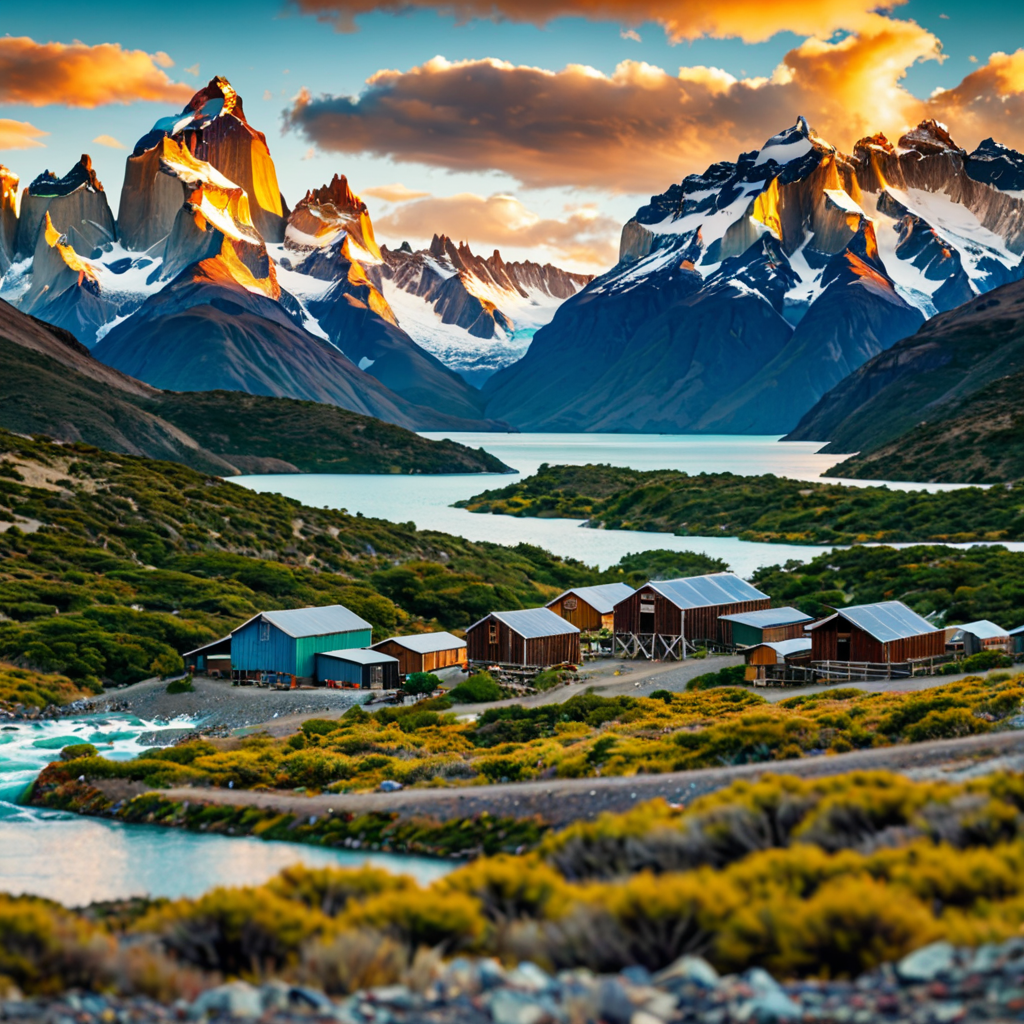
Bahamas: A Paradise for Wildlife Photography
The Bahamas, an archipelago of over 700 islands and cays, is a captivating destination for wildlife photographers seeking to capture the beauty and diversity of the natural world. With its stunning natural beauty and abundant wildlife, the Bahamas offers a myriad of opportunities to photograph unique and awe-inspiring wildlife moments.
1. Introduction
The Bahamas boasts a remarkable array of wildlife, from vibrant coral reefs teeming with tropical fish to majestic sea turtles and dolphins gliding through the crystal-clear waters. The islands are also home to a diverse array of bird species, including colorful flamingos, and a variety of reptiles, including iguanas and snakes. Additionally, the Bahamas offers opportunities to photograph marine mammals in their natural habitat and elusive wild pigs and goats.
2. Marine Life
The Bahamas is renowned for its vibrant marine life, making it a paradise for underwater photographers. The archipelago's pristine waters and excellent visibility provide unparalleled opportunities to capture the beauty of underwater ecosystems. Coral reefs teem with a kaleidoscope of tropical fish, sea turtles gracefully glide through the water, and sharks and rays can be encountered in their natural habitat.
3. Birdwatching
The Bahamas is a haven for birdwatchers, with over 250 species of birds recorded in the archipelago. Birdwatching hotspots such as Inagua National Park offer opportunities to photograph colorful flamingos, migratory birds, and other unique species. Photographers can capture the beauty of these avian wonders in their natural habitats, from the vibrant pink lakes to the lush mangrove forests.
6. Underwater Photography
The Bahamas offers exceptional opportunities for underwater photography, with its pristine waters and excellent visibility. Photographers can capture vibrant underwater ecosystems, including coral reefs teeming with life, and marine creatures in their natural habitat. Specialized equipment and techniques are required for underwater photography, making it an accessible option for experienced photographers.
7. Wildlife Photography Tours
Guided wildlife photography tours led by experienced photographers provide access to exclusive locations and professional guidance. These tours offer opportunities to learn from experts, enhance photographic skills, and capture unique wildlife moments. Participants can benefit from the knowledge and experience of professional wildlife photographers, maximizing their chances of capturing stunning wildlife images.
8. Ethical Wildlife Photography
Ethical wildlife photography practices are crucial in the Bahamas. Respecting wildlife and their habitat is paramount, minimizing disturbance and capturing images from a distance. Using responsible photography techniques, such as avoiding flash photography and not approaching animals, ensures the well-being of the wildlife and preserves the natural environment.
9. Best Time to Visit
The best time to visit the Bahamas for wildlife photography depends on the species you wish to capture. Peak seasons for marine life viewing are April to June and September to November. Birdwatching is at its best during the spring and fall migrations. Reptile enthusiasts should visit during the dry season (November to April) for optimal sighting opportunities.
10. Conclusion
The Bahamas is a wildlife photographer's paradise, offering a diverse array of species and stunning natural beauty. With its vibrant marine life, abundant bird species, and unique reptiles, the islands provide countless opportunities to capture breathtaking wildlife moments. Respecting wildlife ethics, planning your trip carefully, and seeking guidance from experienced photographers will enhance your wildlife photography experience in the Bahamas.
FAQ
Q: What are the best locations for wildlife photography in the Bahamas?
A: Inagua National Park, Andros Island, and Exuma Cays Land and Sea Park offer diverse wildlife photography opportunities.
Q: What equipment is recommended for wildlife photography in the Bahamas?
A: A telephoto lens, waterproof camera for underwater photography, and sturdy tripod are essential.
Q: How can I book a wildlife photography tour in the Bahamas?
A: Local photography tour operators offer guided tours tailored to wildlife photography enthusiasts.
Q: What are the ethical guidelines for wildlife photography in the Bahamas?
A: Respect wildlife, maintain a distance, avoid flash photography, and minimize disturbance to animals and their habitat.


